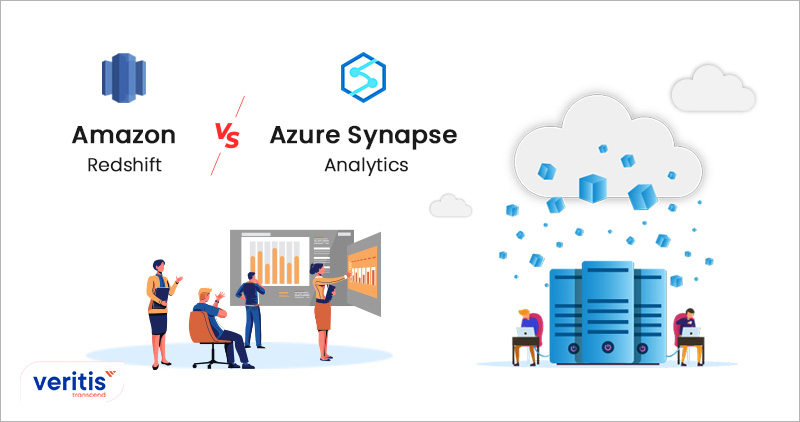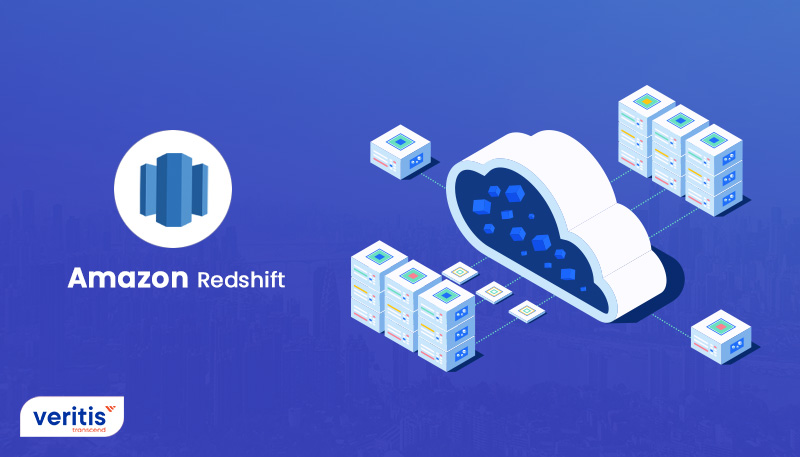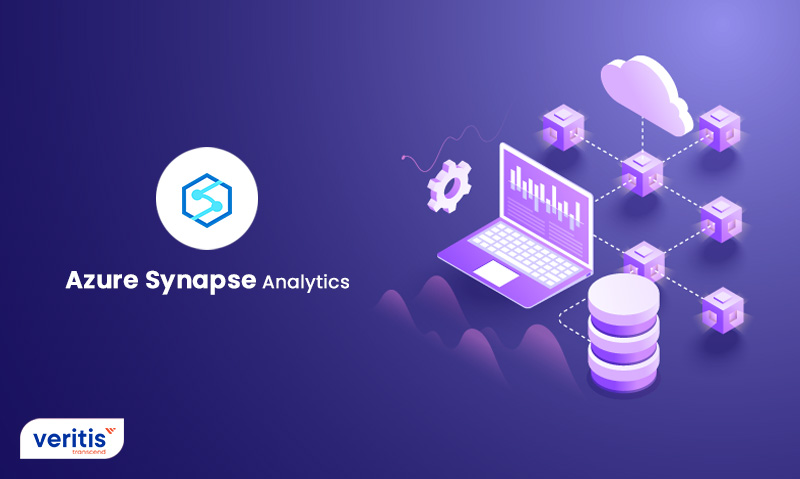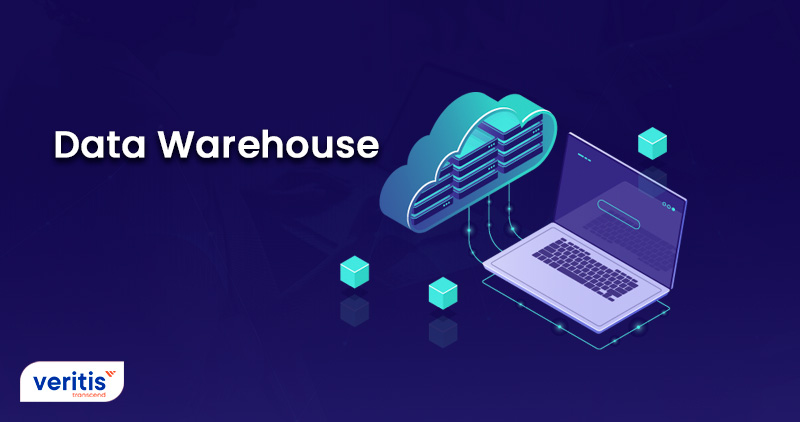
In this modern-day generation, CIOs are soliciting IT professionals to provide an effective data platform that supports machine learning and data-driven innovation. Moreover, they also want to continue supporting data reports and traditional business intelligence tools. Successful ones find the solution for these needs without making trade-offs while appreciating the strengths of data warehouses.
A data warehouse is a central repository for a business to share and analyze the data to guide strategic decisions. To make productive data driven decisions, the data should be free of outliers, cropped results, and user mistakes. An organization can use data-driven evidence to choose which products to build, pursue growth initiatives, and add features. Essentially, the data warehouse can provide insight and intelligence that lead to competitive advantages and new opportunities.
While a plethora of data warehouses available in the current market, Amazon Redshift and Azure Synapse Analysis stand out as the top contenders. However, choosing the right vendor between Amazon Redshift and Azure Synapse is an arduous task as both offer a lot of advantages. In this blog, we shall guide you and help you choose the best provider for your platform.
Before delving into the major differences between the top two cloud platforms, we will introduce you to a data warehouse, Amazon Redshift, and Azure Synapse Analytics.
What is a Data Warehouse?

As mentioned, A data warehouse (DWH) is a central reserve of information that can be extracted from operational sources and external data sources to produce business insights. It is typically used for data analysis, reporting, and business intelligence (BI). Data stored in the DWH is entirely different from data discovered in the operational environment.
DWH makes it easy to quickly analyze business data extracted from operational systems such as inventory management systems, point-of-sale systems, and marketing databases. Information gathered from transactional databases is hard enough to generate the data directly as it can gather through the data warehouse. For instance, an organization wants to know the total revenue produced by each salesperson for each product every month. Transactional databases may not generate this data, but the DWH can produce it.
Amazon Redshift – Cloud Data Warehouses

Amazon Redshift is a data warehouse solution that enables business intelligence in the AWS cloud. Redshift allows customers to query petabytes of semi-structured and structured data using standard SQL queries. It is used for analysis and large-scale data storage, and Redshift frequently allows large-scale database migrations.
Users can start small with no commitments and scale up to petabytes or more. It allows them to operate their data to obtain new sights for their customers and business. Redshift is a fully managed solution that automates the most common administrative tasks associated with security, configuration, and maintaining backups, among others.
The Amazon Redshift data warehouse consists of computing resources called nodes in a cluster. Each cluster uses its Redshift engine with at least one database and performs data analytics queries. Nodes can be deactivated and activated based on the requirement so that enterprises can use from gigabytes to petabyte-level storage in minutes.
Amazon Redshift stores data securely, offering companies insights into nearly every aspect of their enterprise, from sales and marketing to website performance. AWS touts that Amazon Redshift is the world’s fastest cloud data warehouse service and has three times better price-performance than other vendors.
Price
Amazon Redshift data warehouse is one of the cost-effective solutions that you need to pay only for what you consume. AWS charges USD 0.25 with no upfront and no commitment costs, and users can scale up to USD 250 per terabyte per year.
The cost of Amazon Redshift varies from one region to another. To put in perspective, the cost in US East (Ohio) would be.
| Details | Memory | Addressable Storge Capacity | vCPU | I/O | Cost |
| RA3 along with Redshift storage | |||||
| ra3.xlplus | 32 GiB | 32TB RMS | 4 | 0.65 GB/s | USD 1.086/hour |
| ra3.4xlarge | 96 GiB | 128 TB RMS | 12 | 2.00 GB/s | USD 3.26/hour |
| ra3.16xlarge | 384 GiB | 128 TB RMS | 48 | 8.00 GB/s | USD 13.04/hour |
| Dense Compute | |||||
| dc2.large | 15 GiB | 0.16TB SSD | 2 | 0.60 GB/s | USD 0.25/hour |
| dc2.8xlarge | 244 GiB | 2.56TB SSD | 32 | 7.50 GB/s | USD 4.80/hour |
Useful Link: AWS vs Azure vs GCP: Cloud Cost Comparison
Azure Synapse Analytics – Cloud Data Warehouses

Azure Synapse Analytics is an unlimited information analysis service that combines the capabilities of enterprise data warehousing, big data analytics, ETL pipelines, analytics tools and services, visualization and dashboards, and data integration. It allows you to query data on your requirements, using either provisioned resources or serverless at scale.
Azure Synapse permits a single service for all workloads when managing, serving, and processing data for data protection and immediate business intelligence requirements. Features like data pipelines (powered by Azure data factory), data flow creation, data ingestion, data exploration, and data visualization are available in a single place. In addition, performance optimization and workload monitoring are part of the package.
Apache Spark pools are also available in Azure Synapse. This tool is one of the favourite tools for data scientists and data engineers, thanks to handling machine learning capabilities, compatibility and extensive data.
The design and architecture of the Azure Synapse data warehouse depend on multiple factors. A well-performing data warehouse should guarantee low latency, concurrency, data availability, and the ability to incorporate with other systems.
Price
In terms of pricing, Azure Synapse offers a pay-as-you-go model. You pay only you consume for the services. However, prices can be higher than in the pre-purchasing model. Currently, it offers two versions – Azure Synapse Analytics which allows only data warehousing, and the next one is the new Azure Synapse Analytics pre-purchase plan.
In the current market, the pricing models for serverless and dedicated consumption are
Dedicated
The cost of a dedicated version varies from one region to another. To put in perspective, the cost in the central US would be.
| DWU | Service Level | 1 year reserved | 3 years reserved | Pay as you go |
| 100 | DW100c | USD 0.9513/hour | USD 0.5285/hour | USD 1.51/hour |
| 500 | DW500c | USD 4.7563/hour | USD 2.6425/hour | USD 7.55/hour |
| 1000 | DW1000c | USD 9.5126/hour | USD 5.285/hour | USD 15.10/hour |
| 2000 | DW 2000c | USD 19.0252/hour | USD 10.57/hour | USD 30.20/hour |
| 2500 | DW2500c | USD 23.7815/hour | USD 13.2125/hour | USD 37.75/hour |
| 5000 | DW5000c | USD 47.563/hour | USD 26.425/hour | USD 75.50/hour |
| 7500 | DW7500c | USD 71.3445/hour | USD 39.6375/hour | USD 113.25/hour |
| 10000 | DW10000c | USD 95.126/hour | USD 52.85/hour | USD 151/hour |
| 15000 | DW15000c | USD 142.689/hour | USD 79.275/hour | USD 226.50/hour |
| 30000 | DW30000c | USD 285.378/hour | USD 158.55/hour | USD 453/hour |
Serverless
Azure Synapse serverless costs USD 5.65 TB of data processed and offers 1 TB of free queries per month until the last day of the year. You need to pay only for executed queries and data processed by each query.
Comparison between Amazon Redshift and Azure Synapse Analytics
| Details | Amazon Redshift | Azure Synapse Analytics |
| Administration and Management | Amazon requires AWS expertise to select the correct instance size and scale nodes manually | Azure offers dedicated models and serverless |
| Integrations Ecosystem | DMS, along with partners and data integration in the AWS marketplace | Azure data factory supports integration |
| Ingestion of streaming data | It doesn’t provide the built-in capability for ingestion of data streams | Users can operate the Apache Spark streaming functionality to ingest streaming data |
| Data backup and recovery | Available | Available |
| Columnar Architecture | Yes | Yes |
| Massively parallel processing (MPP) | Available | Available |
| Database model | Relational DBMS | Relational DBMS |
| DB engine rankings | Rank 31 Score 25.94 | Rank 36 Score 20.66 |
| Initial Release | 2012 | 2016 |
| Language implemented | C | C++ |
| Supported programming languages | It supports all languages related to ODBC/JDBC | It supports Java, PHP, and C# |
| Pricing | Amazon Redshift on-demand price related to on-cluster configuration. Users can buy reserved nodes at discount | Azure Synapse Analytics on-demand price related to pre-purchase reserved storage at discount |
Useful Link: Serverless Vs Containers: Comparison Between 2 Cloud Services
Final Thoughts on Data Warehouses

Top MNC companies are running data warehouses, either cloud or on-premise, to gather valuable insights for business decisions. Most large enterprises operate hundreds of terabytes in data warehouses, while petabyte-sized data warehouses are rare, even in top multinational companies.
The two cloud providers have secured the top places in cloud computing, and they have cutthroat competition in the current market. Both Redshift and Azure Synapse Analytics are good enough for a business, depending on your specific requirements. They offer free trials to guide you in picking the right data warehouse vendor for your business.
Instead of picking between Amazon Redshift and Azure Synapse, why not opt for a multi-data warehouse strategy, which gets you numerous benefits for your business. However, adopting a multi-data warehouse strategy is a laborious process; this is why where organizations seek Vertis’s services.
Veritis, the Stevie Award Winner, is a next-generation global technology that helps companies reimagine their business and adapt them to the digital world. Veritis offers holistic services to small, medium, and large-scale enterprises, including Fortune 500 firms with tailored, cost-effective, and efficient cloud solutions.
Explore Cloud Service and Solution Got Questions? Schedule Now
[WPSM_AC id=13937]
Additional Resources: